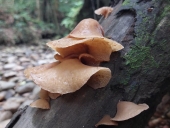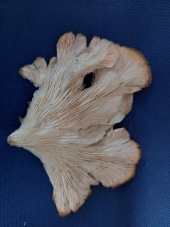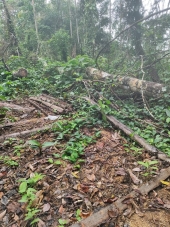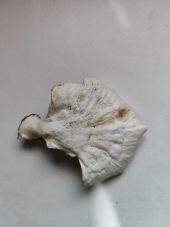
 2
2




 9
9




 7
7




 2
2




eczema, sore throat (pharyngitis), abnormally heavy bleeding during menstrual periods
Invasive plants are Earth's way of insisting we notice her medicines. Stephen Herrod Buhner
Everyone learns what works by learning what doesn't work. Stephen Herrod Buhner
 5
5




Tereza Okava wrote:I'm in Brazil, not Panama, but around here in the forest ecosystems there are so many types of nettle-looking plants, including one that looks a lot like the one in your picture- we call it false nettle, Boehmeria cylindrica. It produces a fiber sometimes used in cordage.
 4
4




 8
8




Maieshe Ljin wrote:We have false nettle too! Interesting that they have such a wide range.
 3
3




Maieshe Ljin wrote:Urera baccifera or another urera?
https://duckduckgo.com/?q=urera+baccifera&t=ffip&ia=images&iax=images
 6
6




Maieshe Ljin wrote:That certainly looks to me like some kind of Laportea (wood nettle). They look like the northern wood nettle, Laportea canadensis, except a little more robust and waxy in appearance. However I cannot say anything definite about jungle plants. Have you been stung at all?
 6
6




 1
1




Anne Miller wrote:That might be White Dead Nettle, Lamium album not stinging nettle.
Do the flowers open more?
Which kind of nettle were you hoping for?
eczema, sore throat (pharyngitis), abnormally heavy bleeding during menstrual periods
https://www.webmd.com/vitamins/ai/ingredientmono-344/white-dead-nettle-flower
 7
7




 13
13




Ronaldo Montoya wrote:I want to eat this plant but i don't know if it's toxic.
What do You recommend ? Should i try?
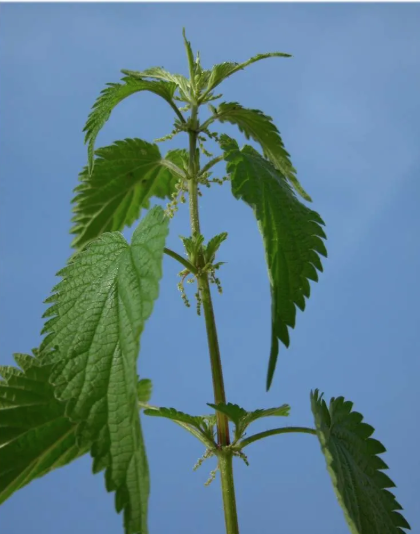
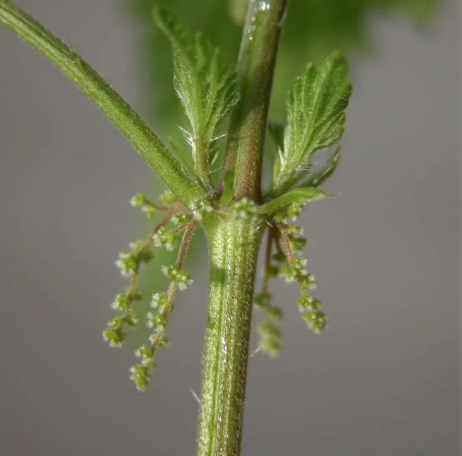
Perfect The Dwelling Land and support the kickstarter! https://www.kickstarter.com/projects/paulwheaton/garden-cards?ref=90v0pa
 2
2




Ronaldo Montoya wrote:I want to eat this plant but i don't know if it's toxic.
What do You recommend ? Should i try?
Anne Miller wrote:That might be White Dead Nettle, Lamium album not stinging nettle.
Do the flowers open more?
Which kind of nettle were you hoping for?
eczema, sore throat (pharyngitis), abnormally heavy bleeding during menstrual periods
https://www.webmd.com/vitamins/ai/ingredientmono-344/white-dead-nettle-flower
so a better id?do the flowers open more
Which nettle were you hoping for?
Invasive plants are Earth's way of insisting we notice her medicines. Stephen Herrod Buhner
Everyone learns what works by learning what doesn't work. Stephen Herrod Buhner
 10
10




Ronaldo Montoya wrote:I forgot to Say that The leaves are Big. I been seen this plant having more than 2 meters tall.
 7
7




Samantha Lewis wrote:
Ronaldo Montoya wrote:I want to eat this plant but i don't know if it's toxic.
What do You recommend ? Should i try?
If you are touching this plant and getting a skin rash that is a good sign that this is a plant you are not going to want to eat.
This is not nettle or stinging nettle.
This plant looks like it has alternate branching. Going along the stem there is one leaf coming off and a little further there is another leaf coming off.
Nettle is in the mint family. Plants in the mint family will have opposite branching and a square stem. Opposite branching is when the leaves come off the stem opposite each other. Like our arms come off our bodies.
Stinging nettle has a deeply notched heart shaped leaf.

Do you see how the leaves come off?

If you want to find out if you can eat a plant, the first place to start is to learn all the poisonous and toxic plants in your area. These are your hazards. It will be the shortest list and once you have learned them you will know, when you are approaching a new plant that it is not on this list.
The next thing is to learn your plant families. This is another short list. Once you know your families, you can identify what family the plant belongs to. Some families have highly toxic members. For example, in our region there are members of the parsley family that are poisonous and can cause death just from someone putting the plant in their mouth, not even eating it. Some plants can cause a rash just from touching them or getting the sap on your skin.
Other families do not have any poisonous members. For example, the mustard family is safe to eat even though it might not always taste very good.
 5
5




Invasive plants are Earth's way of insisting we notice her medicines. Stephen Herrod Buhner
Everyone learns what works by learning what doesn't work. Stephen Herrod Buhner
 8
8




Maieshe Ljin wrote:
Nettles have their own family and one of the genera is Laportea with alternate leaves, such as Laportea canadensis which grows in my area and is an excellent fiber plant and good spring shoot. Nettles are in the Urticales or nettle order which includes nettles, hemp, hops, elm, and hackberry—mostly characterized by non-showy flowers, rugged leaves, and strong bast fibers.
I agree with the rest though.
Perfect The Dwelling Land and support the kickstarter! https://www.kickstarter.com/projects/paulwheaton/garden-cards?ref=90v0pa
 2
2




M Ljin wrote:Plants for a Future calls Urera baccifera, of which one of the common names is “nettle tree”, toxic when ingested so I would not take it if I were you. As an herbalist of sorts I eat all sorts of toxic things but it’s good to know how toxic first. It does not sound like something good to eat for food, though.
Maybe we will figure out that the plant is something different? It would be interesting to see what the flowers look like later in the year!




 6
6




M Ljin wrote:Have you tried it yet? How is it?
 4
4




Ronaldo Montoya wrote:
Yes , it was awesome. I think now is My favorite green leave plant.
Flavor is complex .
First i cut a little piece and ate it raw. And nothing happened in My mouth. i didnt feel nothing wrong with me. Then i cooked 2 leaves. Not SO Big, not SO small. From time to time i use to take one leave from The boiling pot to try of it still hurts but Its urticating and irritating power was reduced as the leaf was cooked.
I ate one very cooked and The other one not SO much.
I liked a Lot The "not SO much cooked " one .
I like a Lot this plant. Here in The jungle is everywhere and it's a really tasty ans nutritious plant. I'm happy Ive discovered this plant.
Thank You
Also The leaves are wierd , like a small city or Maybe a mozaic space that can be Taken for inspiración for plant distribution?
 2
2




 2
2




Tereza Okava wrote:You'll find it sprouts back very well when you cut it (here people are always horrified when they cut it back and it comes back twice as vigorous).
 2
2





|
catch it before it slithers away! Oh wait, it's a tiny ad:
Rocket Mass Heater Resources Wiki
https://permies.com/w/rmh-resources
|

